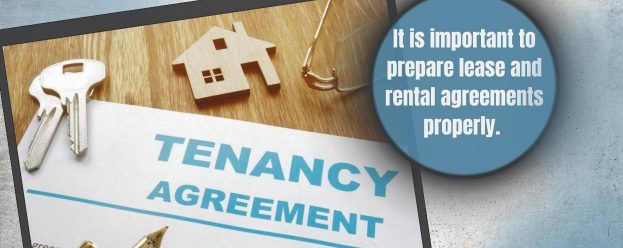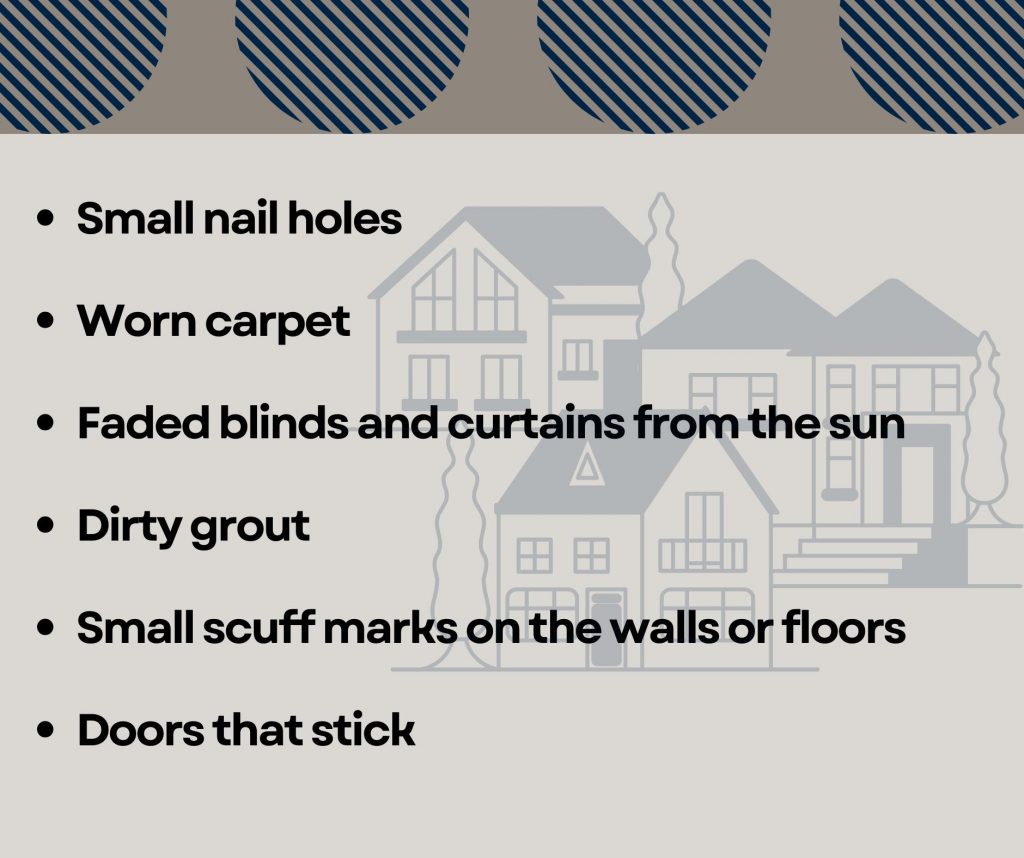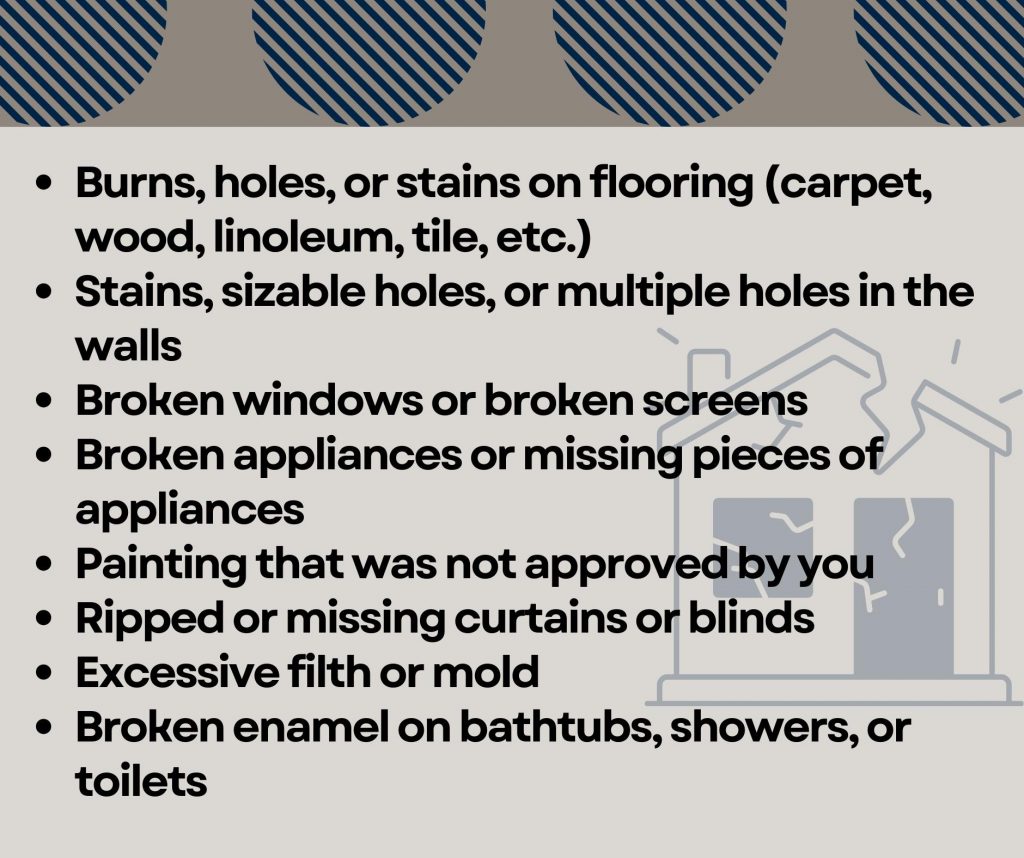25th Oct 2023

Estimated reading time: 6 minutes
As a landlord, it is important to prepare lease and rental agreements properly. Lease and rental agreements are the foundation of the legal relationship with your tenant. It is common for lease and rental agreements to be used interchangeably, however there is a difference between the two. Typically, a rental agreement is more of a short-term contract such as month to month, whereas, a lease agreement is a contract for a longer period, usually over six months.
A basic lease or rental agreement should include at least the following information:
Identify the parties in the lease, contact information, and address of property
Be sure to include the names and contact information for all tenants that will be living at the property as well as your (the landlord) name, contact information, and property address. Be sure to include specifics, especially if the rental property is just a single bedroom. Including a description of the premises would also be a good idea.
The terms of the tenancy
In this part of the agreement, you would need to include how long the rental period will be. State if it is month to month, three months, six months, a year, or even longer. You should put the starting date, the length, and the expiration date of the term.
Rent amount and security deposit
You should state the amount of the rent due per month and the security deposit amount. How and when the tenant should pay should also be included. Indicate whether you take credit card payments or if it should be paid by check and state if late fees apply and how much they are. If there are any charges for early termination, you should include that in the agreement too.
State what is or is not included in the rent
If you plan to include utilities such as electric, gas, or cable, you should make sure it is stated in the agreement. If certain furniture or appliances are included with the rent, those should also be listed. If you do not include anything with the rent, that should be stated. The tenants must know their responsibility for utilities and furniture before entering into the contract with you.
Restricted areas
Be sure to include any restricted areas in the agreement. If there are certain rooms, closets, sheds, etc., that you do not want a tenant to access, then you should specifically state that.
Additional fees
If there are fees for pets, parking spaces, repairs, etc., you need to clearly state that on the agreement. If you have a pet policy, you should include that in the agreement. It should include the following information:
- the type of pets that are allowed
- size that is allowed
- number of pets allowed
- fees associated having pets in the rental property
Landlords access to the property (right of entry guidelines)
It is common for landlords to enter the property at some point during the tenant’s stay for repairs or maintenance. You should make clear the notice that will be given before entering the property. If there is a non-emergency situation that you need to address at the property, you should give reasonable notice of when that will take place and when you need entry onto the property. Typically, this would be one to two days. Tenants should know if certain repairs are their own responsibility. If tenants do not adhere to the policy allowing you entry when proper notice is given, that could result in termination of the rental or lease agreement. There could be a situation where you need to enter the property for emergency situations. These types of situations would include gas leaks, fires, broken water pipes, etc. In this case, landlords do not need to give notice to enter.
Tenant’s right to privacy policy
In the agreement, landlords should include the tenant’s right to privacy or quiet enjoyment policy. This simply means that the tenants have protections against landlords’ unreasonable entrance into or onto the property. Landlords are never allowed to go through the property or belongings of the tenants at will.
Use, behavior, and rules of tenancy
This section of the agreement should include whether you allow guests to stay on the property. And if you do, state if there is a limit of days they are permitted to stay. Also include your smoking policy and if it is prohibited or permitted on the property. Depending on if the rental property is in a building or complex that is managed by someone else, there might be a no smoking policy in the entire structure. Include that no illegal activity should take place on the property. As well as a firework and noise policy. Also, tenants have the right to live in good, habitable conditions. Your property should be clean and safe for tenants.
Eviction procedures
It might be a good idea to include your eviction procedures in the agreement. Some examples of reasons for tenant evictions are:
- Continual failure to meet rent deadlines. Some landlords put a grace period in their agreement. You also need to give tenants a 7-day written notice before being able to evict them.
- If the tenant violates the agreement in any way, including things like smoking if there is a no smoking policy, damaging the property, or having pets when no pets are allowed, the landlord can evict them after they are given a 30 day Notice to Quit.
- When tenants decide to stay on the property at the end of their rental or lease term even though they have not renewed their agreement.
- If the tenants have caused extensive damage to the property.
- Health or safety violations from the tenants. This would include things like not taking out the trash for prolonged periods of time or damaging electrical and plumbing on the property.
- If the tenants conduct illegal activities such as theft, or any dealings with the distribution or consumption of drugs.
Damaged property
Wear and tear is typical during a tenant’s stay. Some examples of normal wear and tear would include:

However, if tenants damage anything on the property, then they will be responsible for paying for it. It is important for them to know this. Some examples of damaged property that could result in a security deposit deduction are:

Signatures
It is important for both the landlord and the tenant to sign and date the agreement. Make sure both parties have copies of the agreement as well.
Rental and lease agreements can be incredibly involved in putting together, but they are extremely important. A well-crafted lease or rental agreement protects both the landlord and the tenant. An attorney specializing in landlord tenant law would be able to guide you in creating a proper rental or lease agreement.
Written by Monika Koleci
Related Articles


